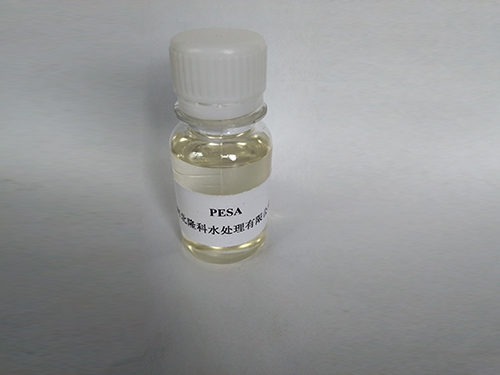Poly Aluminium Chloride Applications in Effective Water Treatment Solutions for Purification
Poly Aluminium Chloride for Water Treatment An Overview
Water treatment is a critical process in ensuring that potable water is safe for consumption. Among the various chemicals used in this field, Poly Aluminium Chloride (PAC) has gained significant attention due to its effectiveness and versatility. PAC is a coagulant that is widely utilized in the treatment of drinking water, wastewater, and stormwater. This article delves into the properties, applications, benefits, and considerations associated with the use of Poly Aluminium Chloride in water treatment.
What is Poly Aluminium Chloride?
Poly Aluminium Chloride is an inorganic polymer that contains aluminium and chloride ions. It is produced by the neutralization of aluminium hydroxide with hydrochloric acid or alum. The resulting compound is a white to yellow powder or solution which, depending on its formulation, offers variable levels of basicity and ionic charge. PAC is appreciated for its high performance in coagulating suspended solids and removing impurities from water.
Mechanism of Action
The primary function of PAC in water treatment is to aid in the coagulation process. Coagulation is the initial step in water purification where small particles are aggregated into larger clusters or flocs, facilitating their removal from the water. PAC operates through a combination of charge neutralization and adsorption. The positively charged PAC ions neutralize the negatively charged particles in the water, destabilizing colloidal suspensions. Consequently, these destabilized particles clump together, forming larger flocs that can be easily removed through sedimentation or filtration.
Applications
PAC is extensively used in various water treatment applications. In drinking water treatment, it effectively removes turbidity, organic matter, and pathogens, making water safe for human consumption. For wastewater treatment, PAC helps in the removal of suspended solids, heavy metals, and other contaminants, thereby purifying the effluent before it is released into natural bodies of water. Additionally, PAC is used in industrial applications, including paper manufacturing, textile processing, and oil refining, where water treatment is essential to meet regulatory standards.
Benefits of Poly Aluminium Chloride
poly aluminium chloride for water treatment

2. Lower Dosage Requirements Due to its polymeric nature and higher charge density, PAC often requires lower dosages compared to conventional coagulants to achieve the desired water quality, resulting in cost savings and less sludge production.
3. Wide pH Range PAC functions effectively across a wide range of pH levels, making it versatile for various water sources and treatment conditions.
4. Improved Floc Properties The flocs formed using PAC are typically denser and more easily removable than those formed with other coagulants, leading to improved sedimentation rates.
5. Less Environmental Impact The usage of PAC tends to generate less chemical waste compared to traditional methods, reducing the environmental footprint.
Considerations
While the advantages of using PAC are significant, there are considerations to keep in mind. The effectiveness of PAC can vary depending on the specific water chemistry and treatment goals. Therefore, conducting thorough jar tests and pilot studies is essential to determine optimal dosing and application conditions. Additionally, the handling and storage of PAC should comply with safety guidelines to mitigate any potential risks associated with its use.
Conclusion
Poly Aluminium Chloride is a powerful tool in the field of water treatment. Its effectiveness in coagulation, coupled with advantages such as better solubility, lower dosage requirements, and reduced environmental impact, makes it a preferred choice for many water treatment facilities. As water quality standards continue to evolve and the demand for clean water increases, PAC’s role in ensuring safe and clean drinking water will remain paramount. Careful consideration of its application can lead to enhanced treatment processes that not only meet regulatory requirements but also promote public health and environmental sustainability.
-
Premium Isothiazolinones | Broad-Spectrum Biocidal SolutionsNewsAug.28,2025
-
LK-319 Special Scale And Corrosion Inhibitor For Steel Plants: Advanced Solutions for Industrial Water SystemsNewsAug.22,2025
-
Flocculant Water Treatment: Essential Chemical Solutions for Purification ProcessesNewsAug.22,2025
-
Isothiazolinones: Versatile Microbial Control Agents for Industrial and Consumer ApplicationsNewsAug.22,2025
-
Scale Inhibitor: Key Solutions for Water System Scale PreventionNewsAug.22,2025
-
Organophosphonates: Versatile Scale Inhibitors for Industrial Water SystemsNewsAug.22,2025





